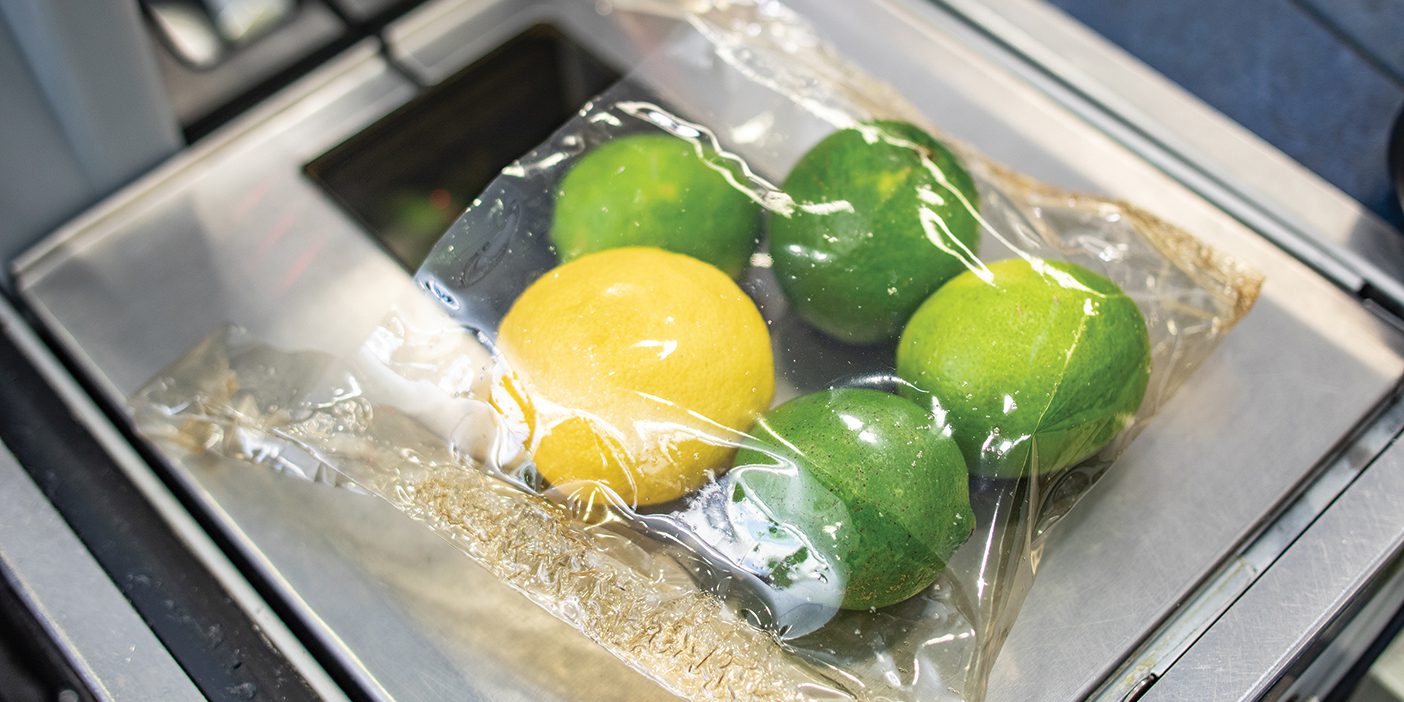
Wildfires have blazed across acres and national headlines for the past few summers, and the culprit isn’t just drought. Cheatgrass is making fires worse. The invasive species takes root first in scorched Western lands, then dies at the end of spring, becoming dry tinder that makes rangelands even more susceptible to fire.
Plant and wildlife sciences professor Matthew D. Madsen (PhD ’10) wants to give native species a fighting chance. With funding from a number of state, federal, and private entities, his team is devising coatings to give native seeds a boost before sowing them in fire-scorched rangelands.
1. Small seeds dispersed by airplanes don’t always hit their intended destinations. The team can give seeds improved ballistic properties by coating them with a mixture of clay and vermiculite (a technique called conglomeration).
2. These seeds are coated using a pasta extruder. When the super-absorbent coat gets wet, it expands to push the seed closer to the soil surface.
3. A coat of abscisic acid helps delay germination, protecting the seeds from freezing in the winter. The coating also contains fungicide. “We were going for BYU blue,” says Madsen.
4. If seeds are buried too deep, they won’t grow. Another conglomeration technique makes sagebrush seeds bigger so they stay closer to the surface.
5. Critters don’t care for ghost pepper powder, so a nice dusting keeps these lupin seeds from being eaten by rangeland wildlife.
6. Fluffy seeds can clog the drill used for sowing. Using a flash-flaming technique, Madsen’s team removes seed appendages and then coats them with limestone to increase the seed’s flowability.
7. A coat of activated carbon protects these seeds from herbicides.












